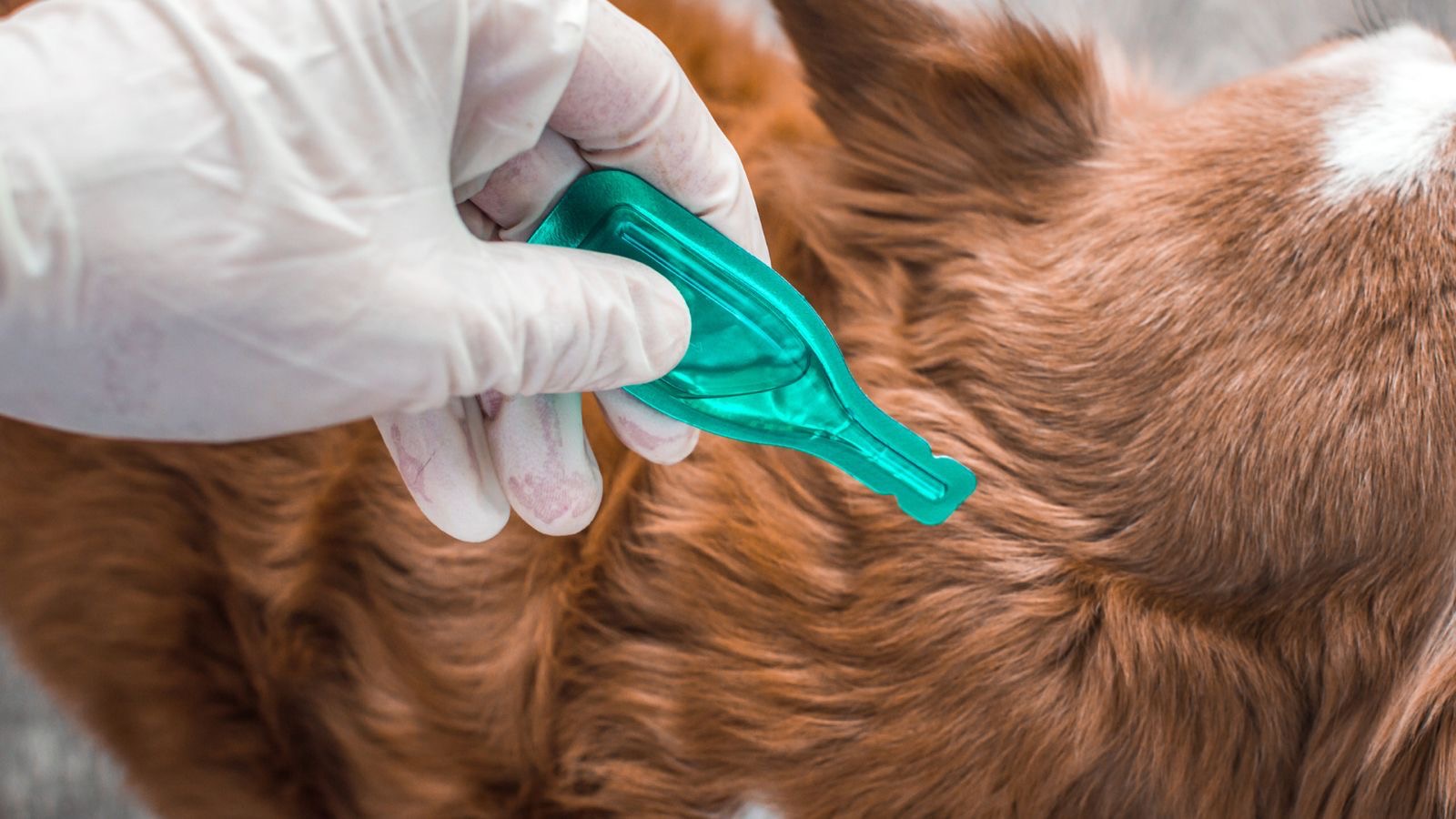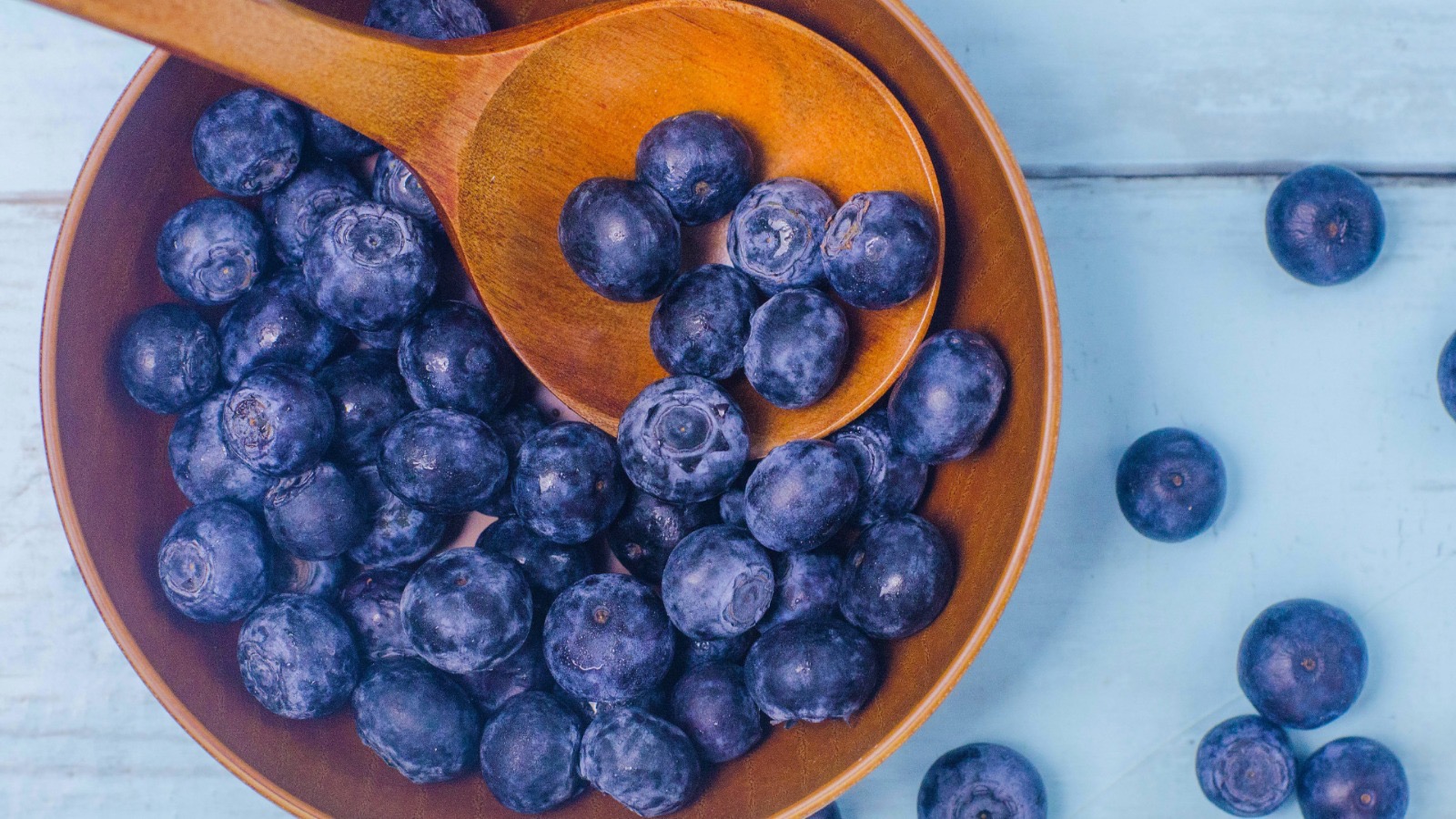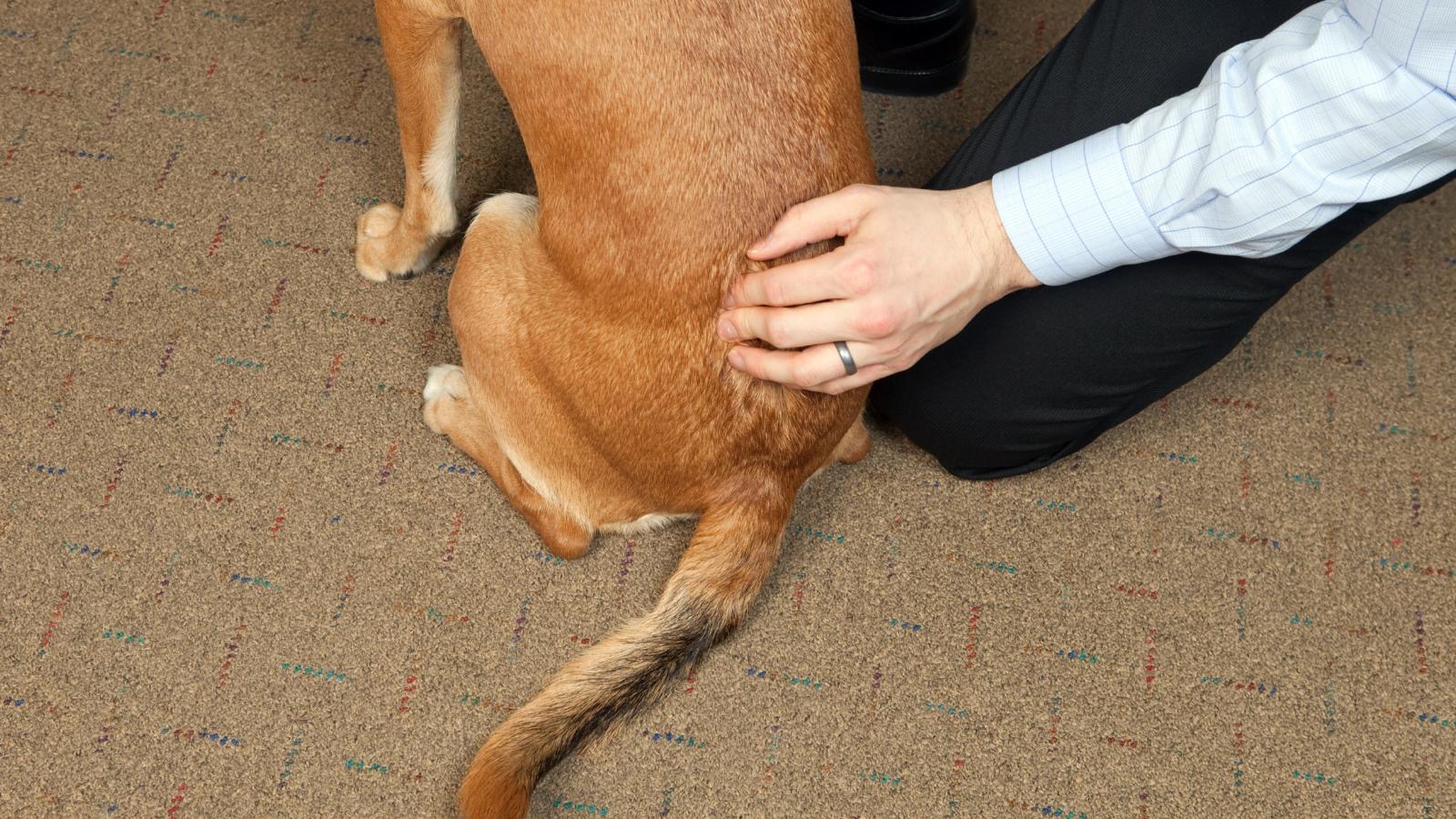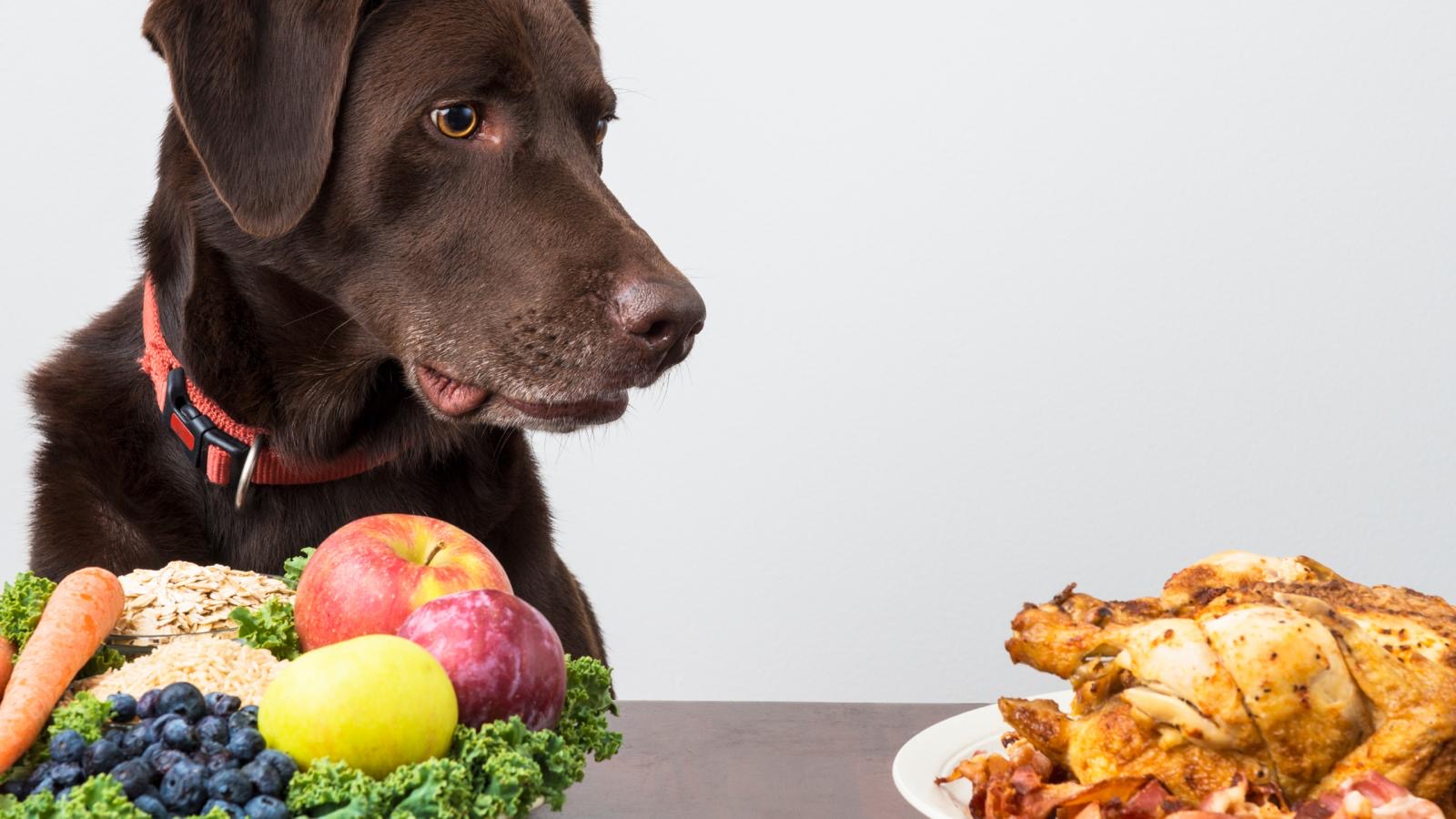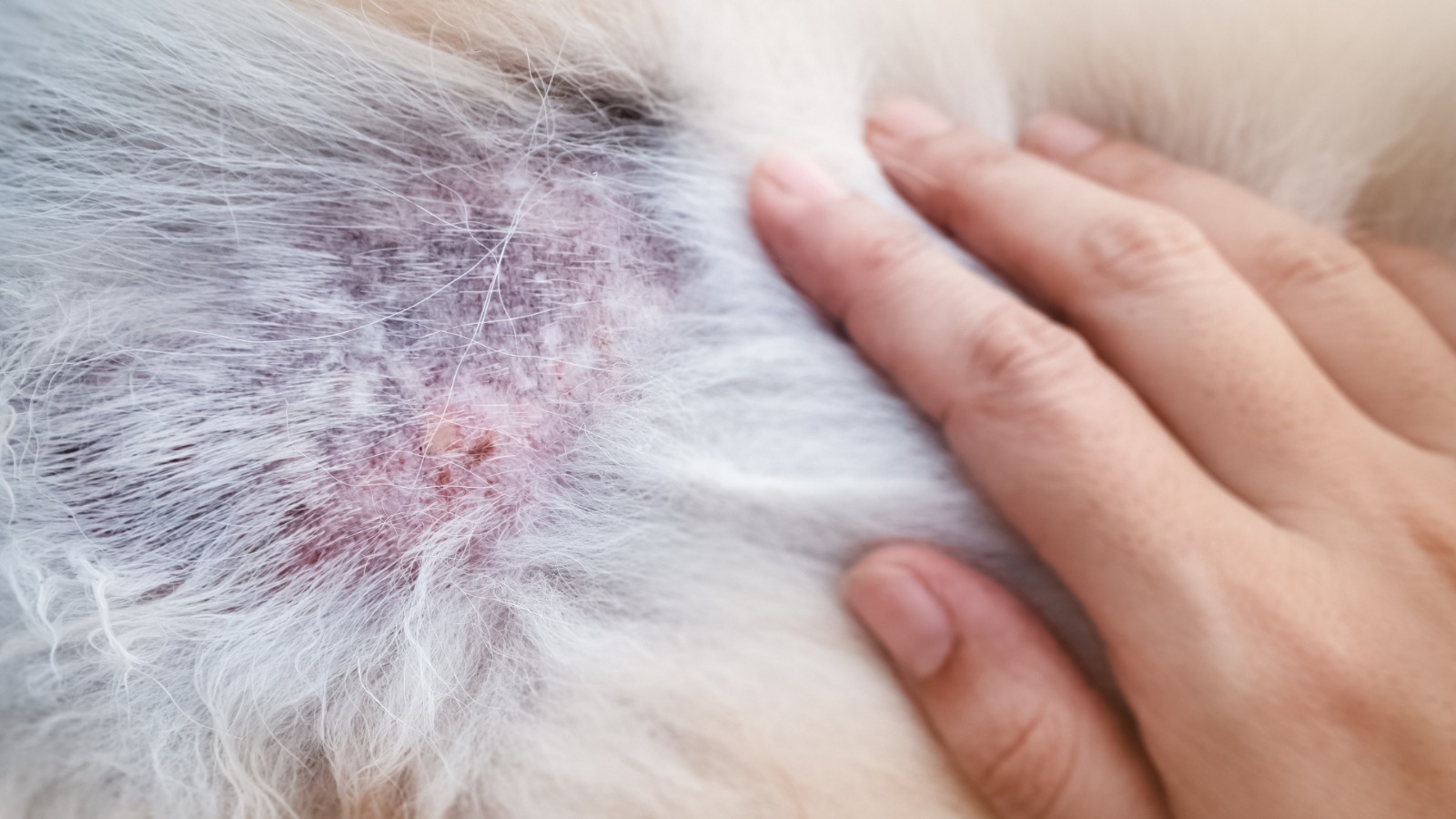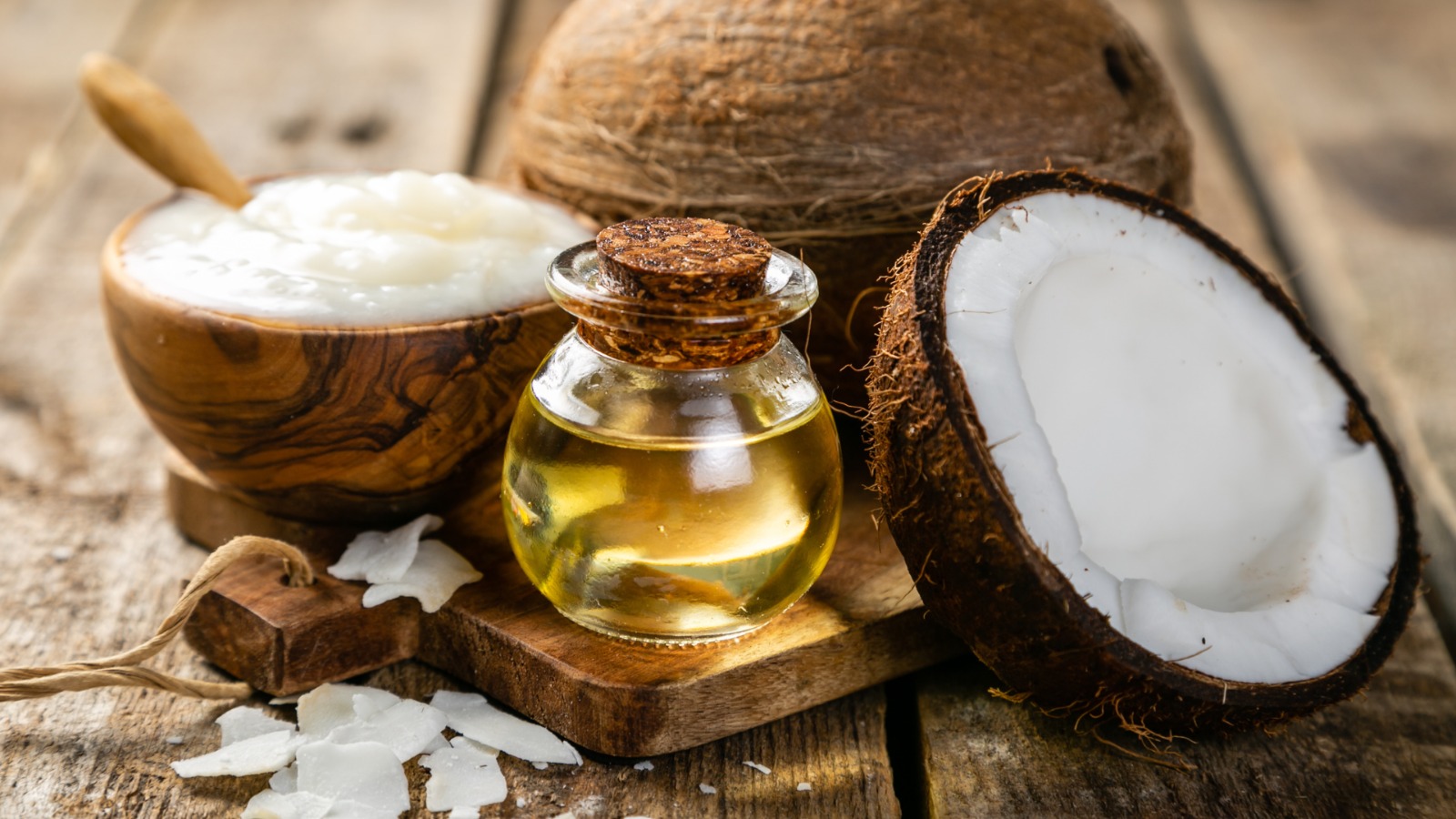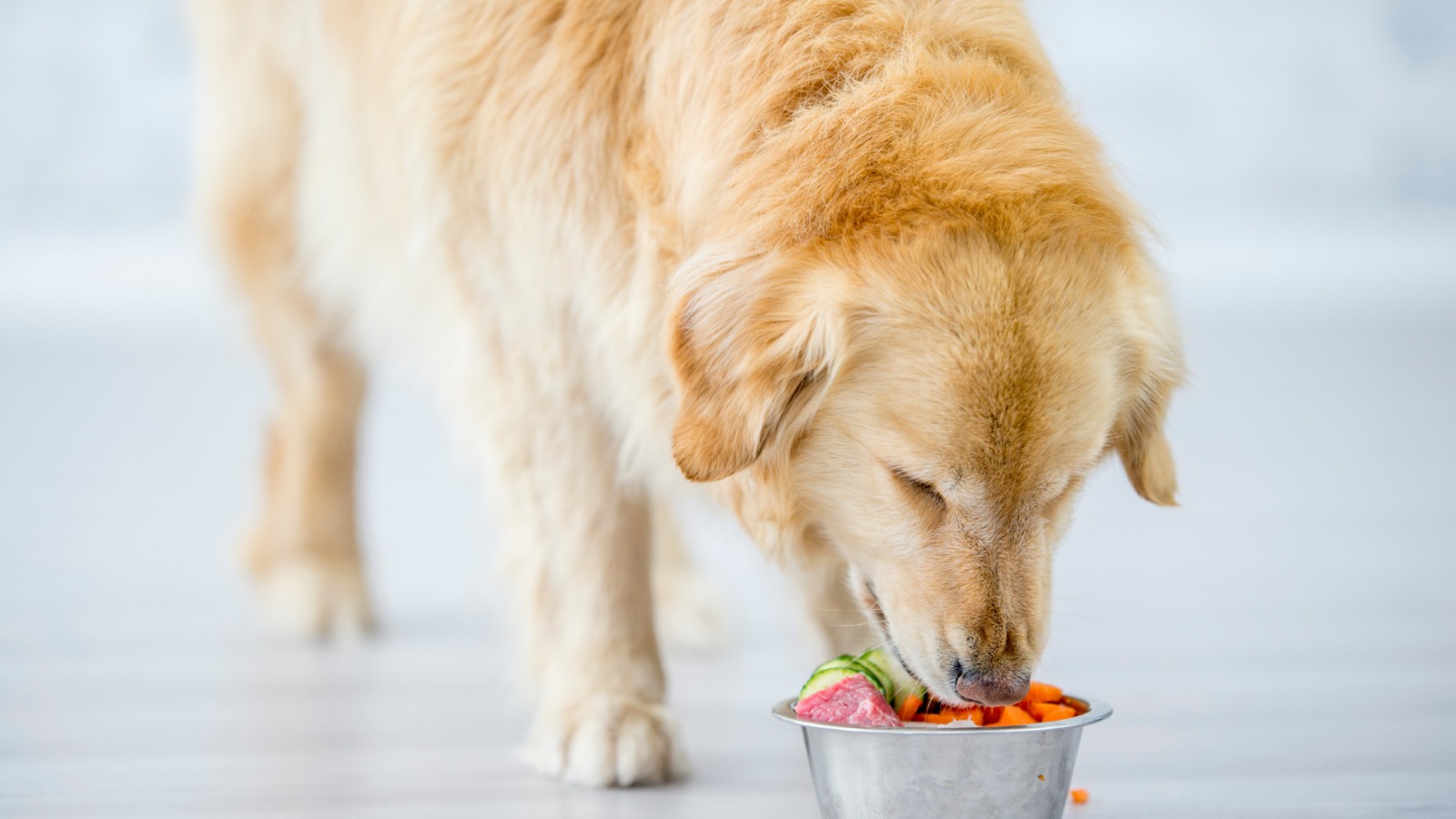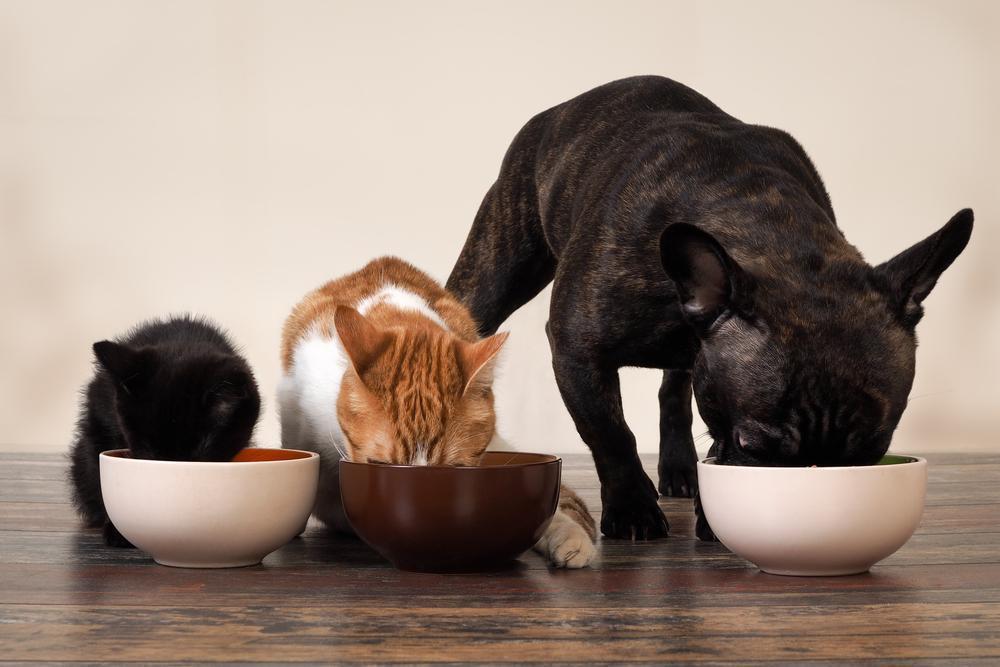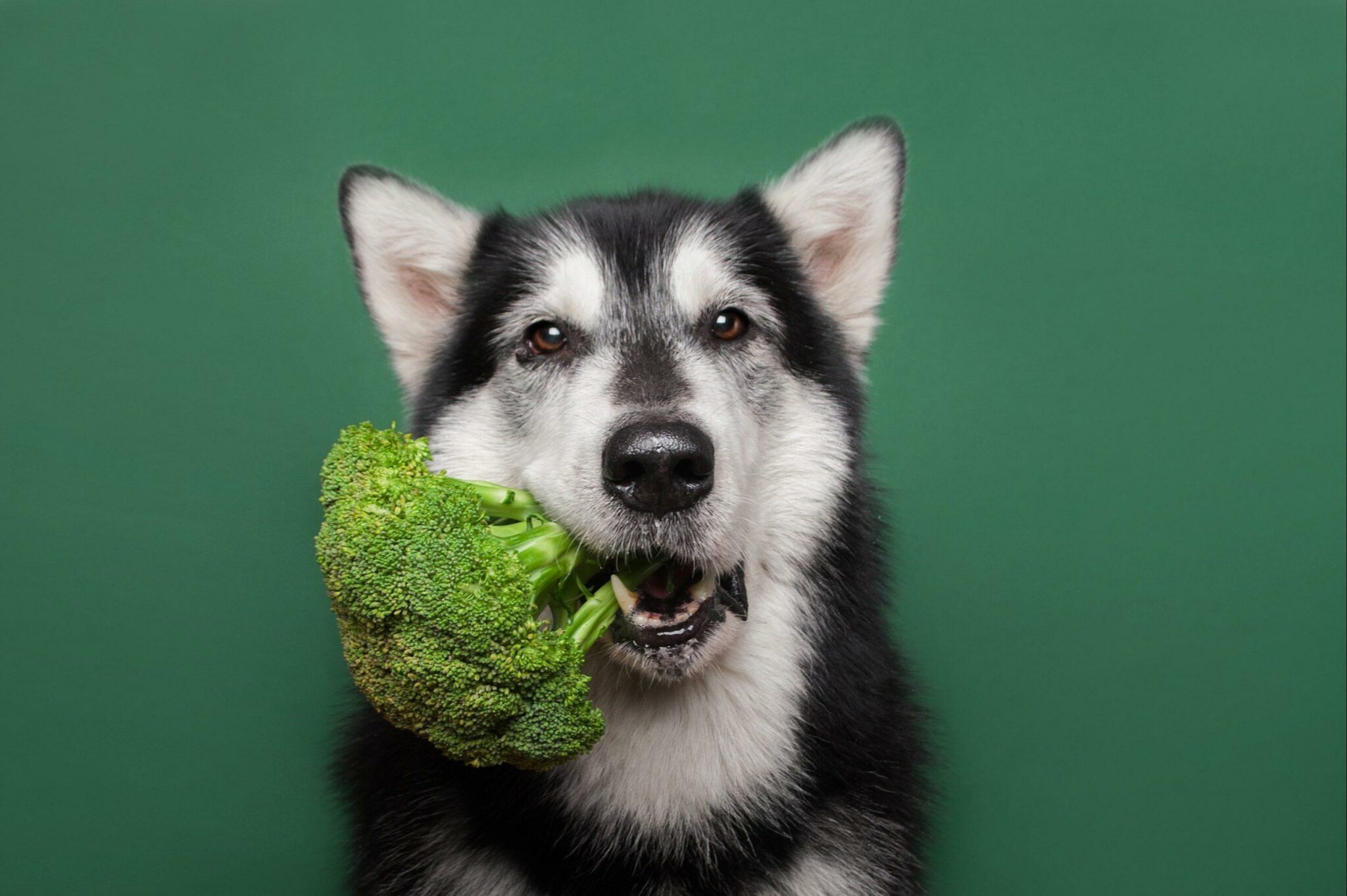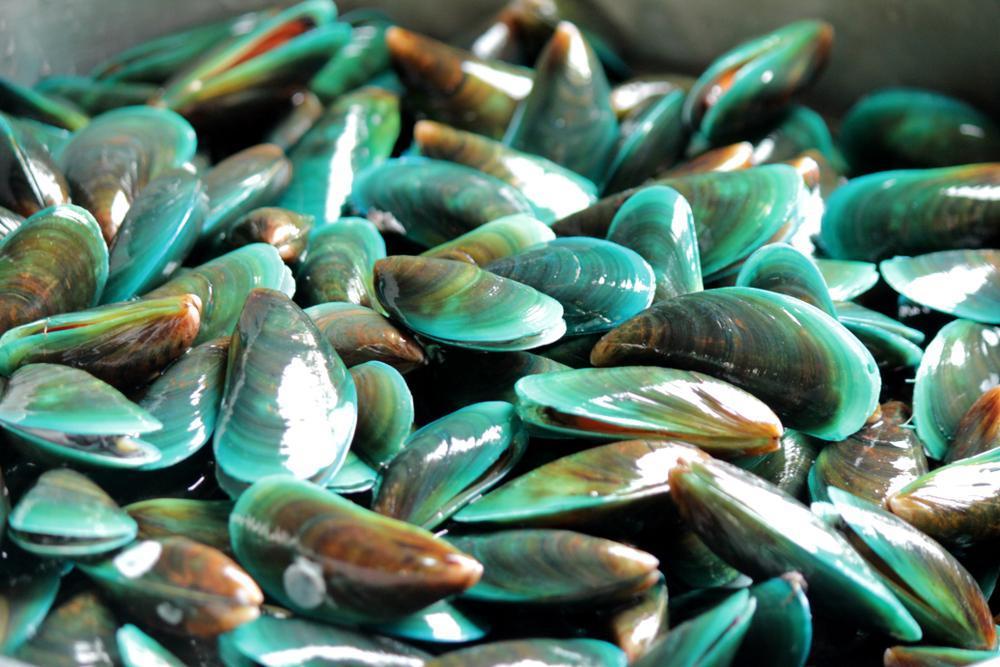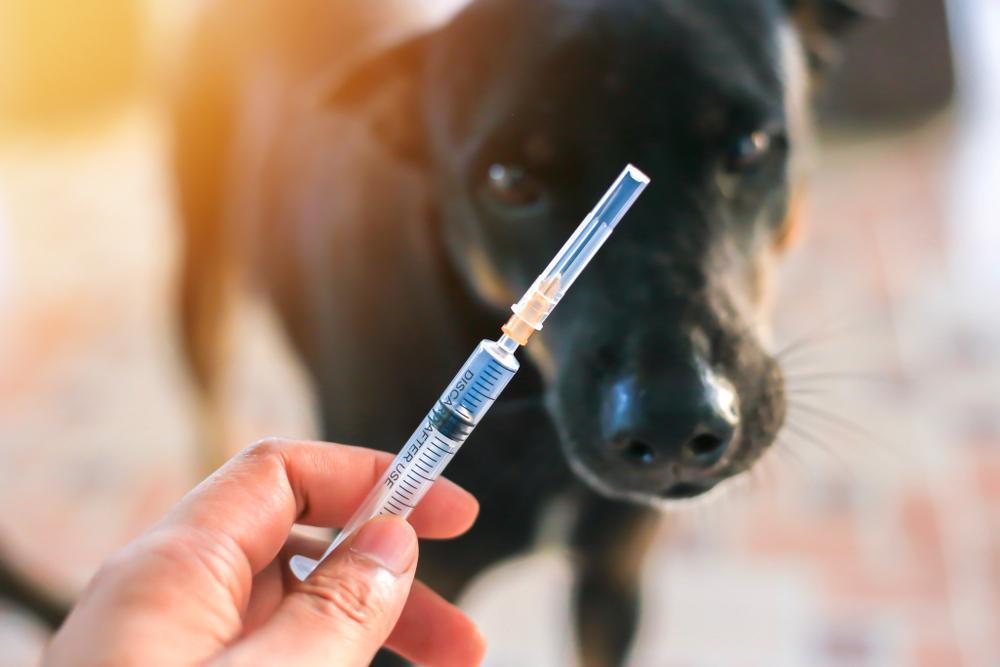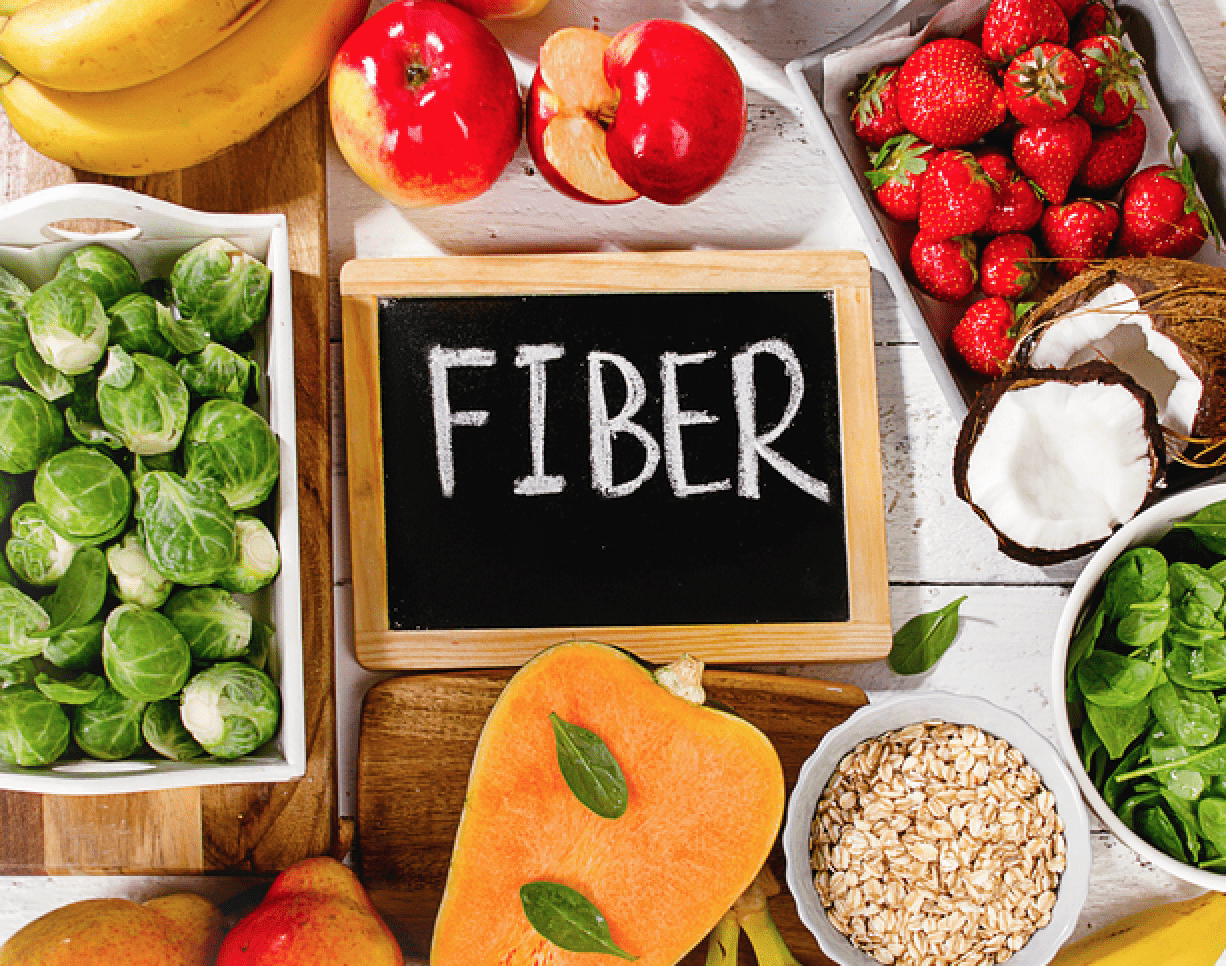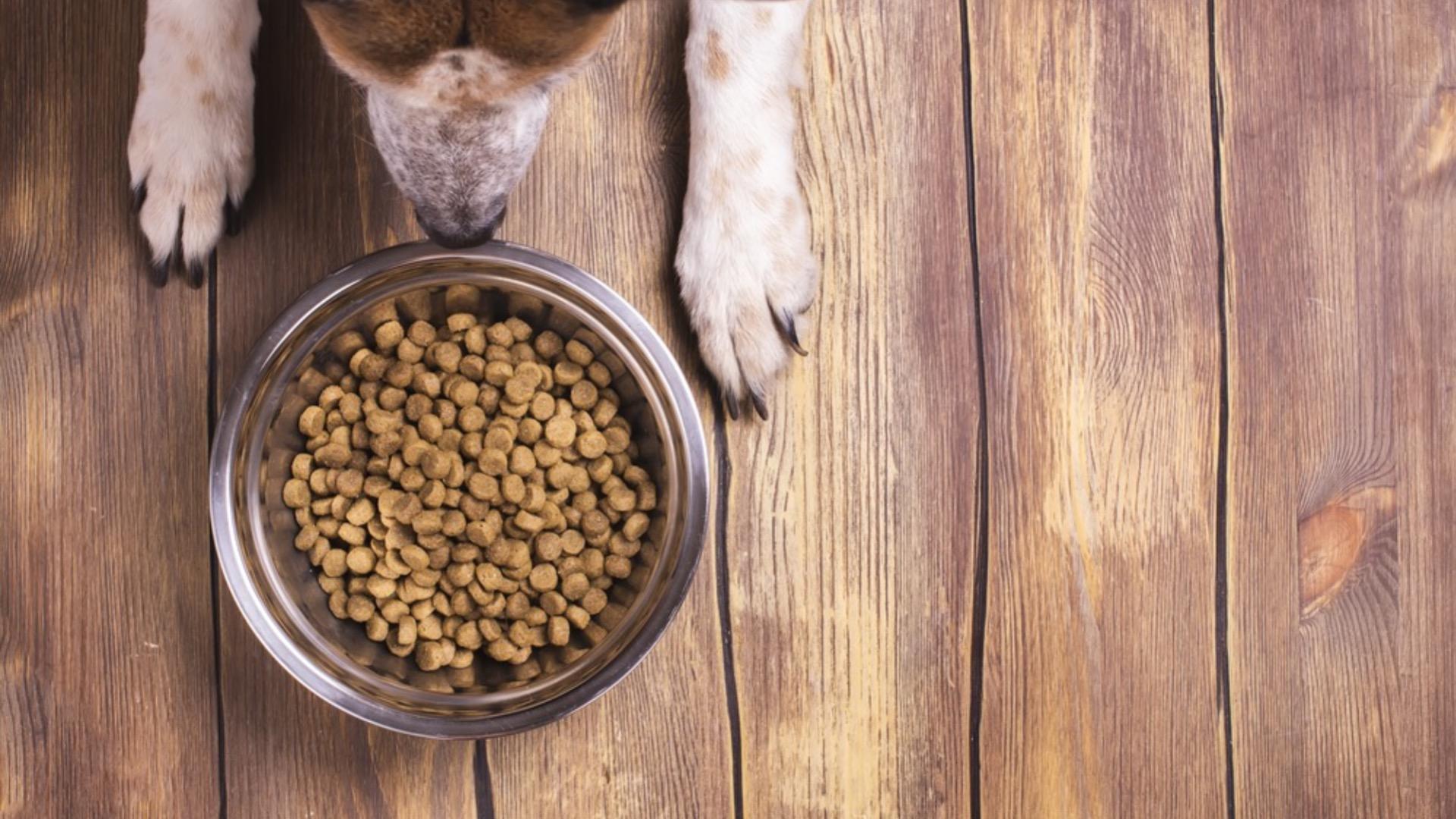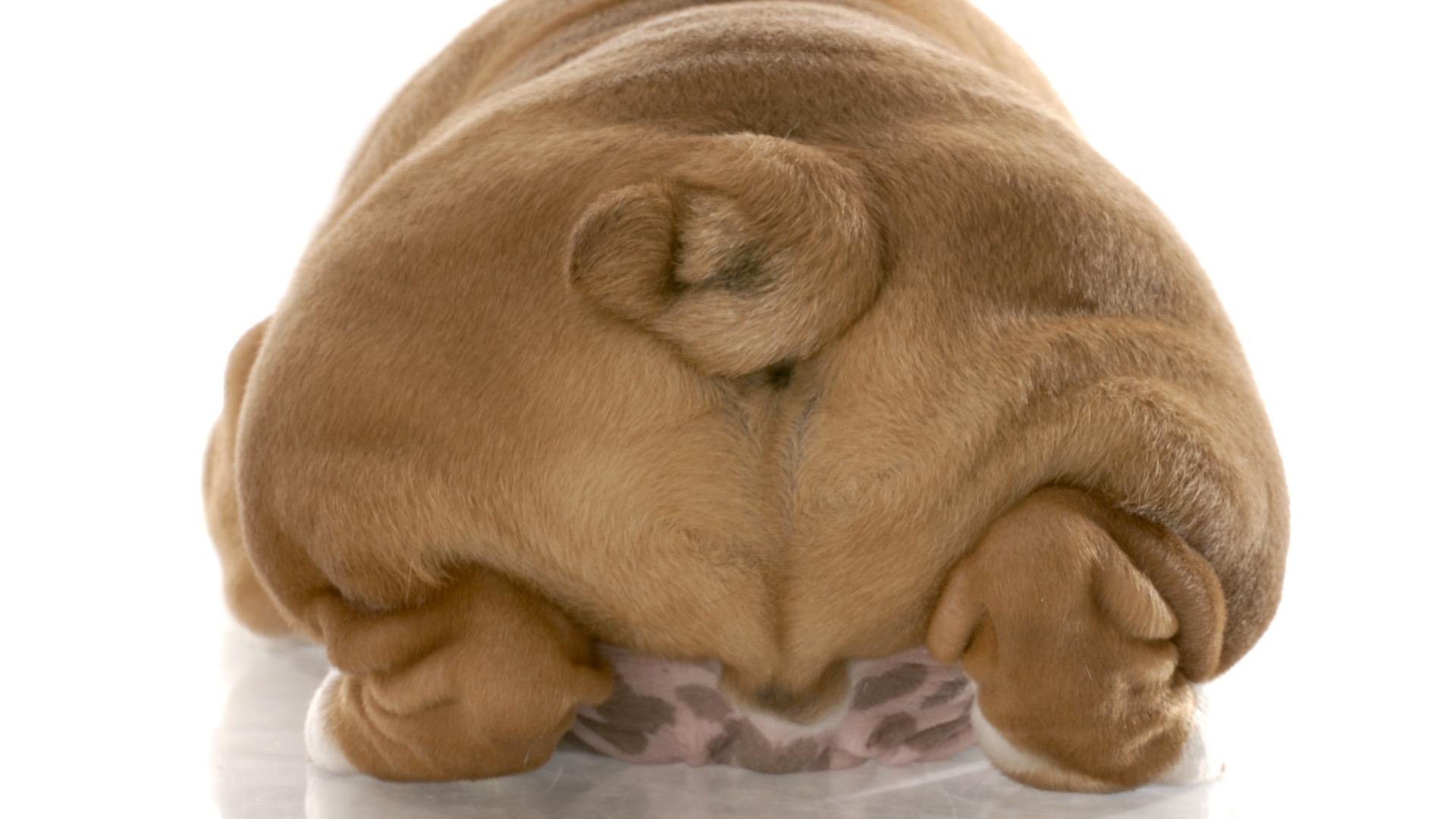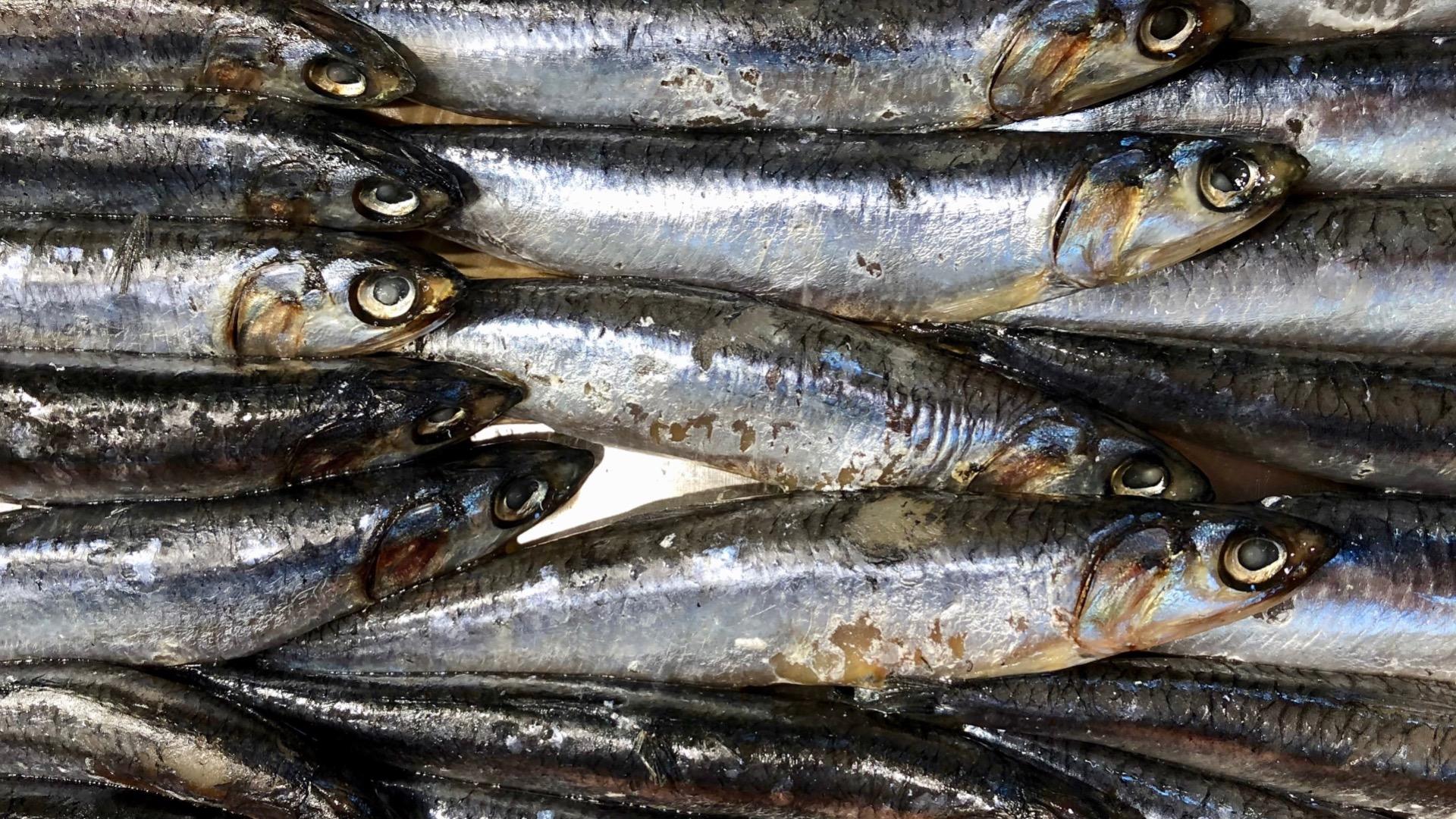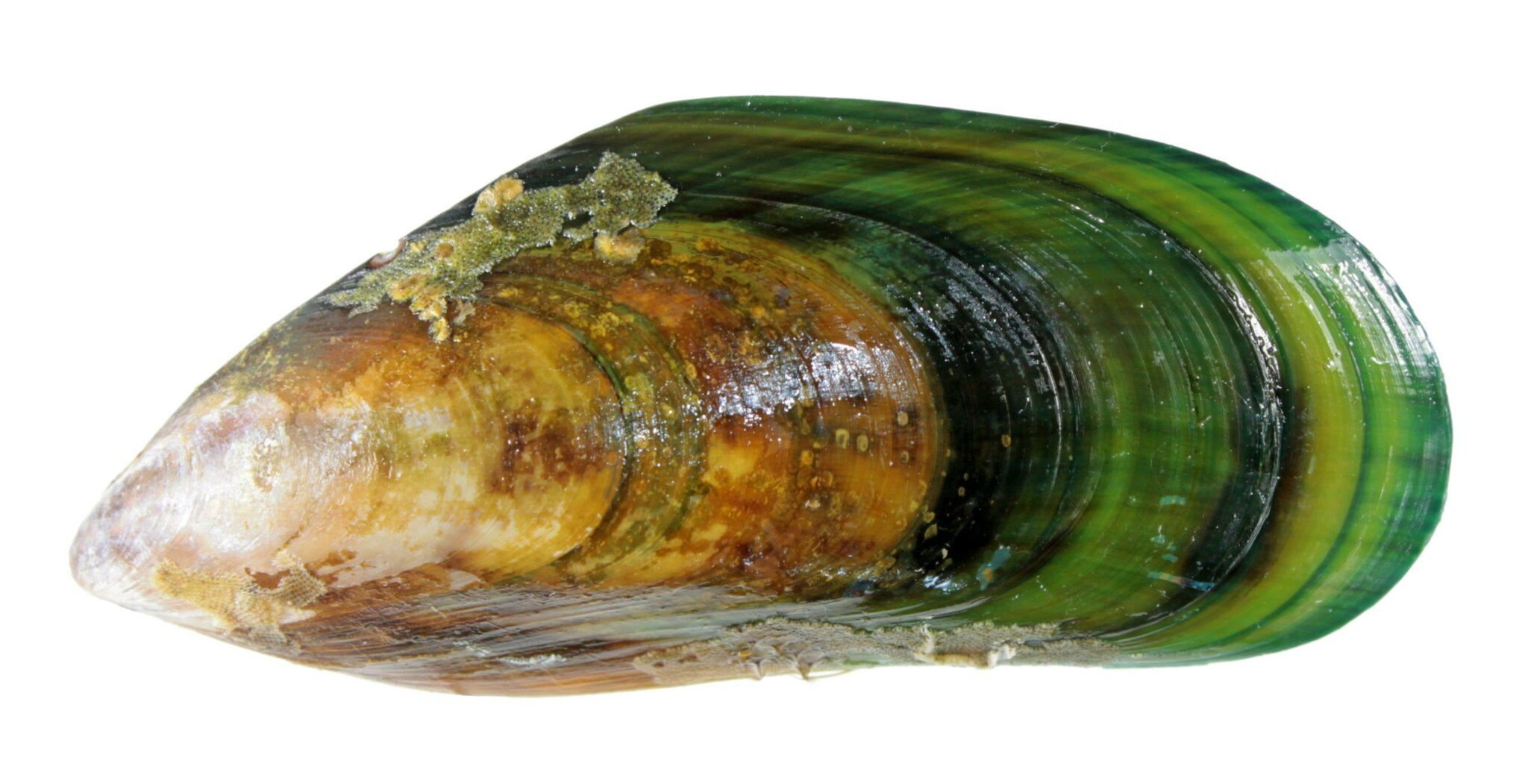When we are regularly told as humans that we should increase our fibre intake for health benefits (yes – we really should be getting around 30g per day), it makes sense that we start to wonder whether fibre should be included in our dog’s diet.
Here at My Pet Nutritionist we thought we’d explore fibre for the dog in a little more detail.
Let’s get cracking.
What is Fibre?
A carbohydrate is a molecule made up of carbon, hydrogen, and oxygen, which is why you may often see them noted as CHO. Their primary function is to provide energy. Carbohydrates are made up of three components, fibre, starch, and sugar.
Sugar is a simple carb. Having fewer molecules to digest and break down, it sends an immediate burst of glucose into the bloodstream. This is the one that tends to cause a ruckus.
Fibre and starch, however, are complex carbs, having longer chains of molecules. Starch takes longer to digest, having a more gradual effect on the body and fibre is a non-digestible complex carbohydrate.
If fibre and resistant starch can’t be digested, what happens to it?
1) It Supports Gut Health
Fibre gets fermented by the bacteria living in the gut. This produces short-chain-fatty acids, also known as SCFAs. The most common SCFAs produced are acetate, butyrate and propionate and they all have unique roles. They provide fuel for intestinal epithelial cells, which strengthen the gut barrier and butyrate is known for its role keeping the junctions of the barrier nice and tight. Not only that but SCFAs are able to stimulate mucus production, which is vital for creating a barrier between the external environment and the underlying gut epithelial layer. Mucin production plays an important role in protection from harmful pathogens.
Findings Here
2) It Supports Brain (and emotional) Health
SCFAs also exert effects on the brain. Not only have all examples of SCFAs been found in the brain, suggesting they can cross the blood-brain-barrier, they appear to modulate neurotransmitters and neurotrophic factors.
In humans we have seen how certain levels of SCFA’s have been implicated in depression, anxiety, Alzheimer’s, Parkinson’s and autism spectrum disorder.
Findings Here
Fibre feeds the microbes in the gut, meaning that if we want the beneficial ones to survive (those that produce metabolites which can influence behaviour and mood), they need to be fed!
3) It Can Decrease GERD
Low dietary fibre intake is regularly associated with decreased stomach and gut motility and delayed emptying, which can contribute to the risk of gastroesophageal reflux and its associated disease (GERD.)
It is thought that dietary fibre binds nitric oxide and diminishes its negative influence on lower oesophageal sphincter pressure too.
Fibre is thought to decrease gastric acidity, lowering the number of refluxes, and reducing their damaging capacity.
The common treatments for GERD include suppression of gastric acid secretion, but this can be problematic. The use of proton pump inhibitors is associated with a decrease in bacterial richness in the gut microbiome and quite often pathogenic bacteria are increased. This imbalance, known as gut dysbiosis, has been associated with a range of health issues including, not surprisingly, intestinal disorders like irritable bowel syndrome, along with extra-intestinal disease such as allergy, metabolic syndrome, cardiovascular disease, and obesity. The addition of fibre to your dog’s diet has great safety margins when compared to some conventional treatments of GERD.
Natural Guide for Acid Reflux in Dogs
4) Fibre for Anal Gland Health
Fibre can be a great way to modulate transit time in the gut.
Diarrhoea often results when transit time is too fast.
Constipation often results when transit time is too slow.
The perfect stool is a result of “just right” transit time, and when this occurs, we support anal gland expression. For a full expression, the faeces should be firm, and pick-up-able. This is why poor bowel movements can contribute to anal glands becoming impacted.
4 Cornerstones for Healthy Anal Glands
Feeding Fibre
No matter what you feed, you can add fibre to your dog’s bowl. Some great sources include:
Broccoli – chop and lightly steam or blend.
Berries – we generally love berries for their antioxidant properties, but they also pack a fair punch in terms of fibre content. Great berries to include are: raspberries, blueberries and cranberries.
Mushrooms – again, whilst we tend to talk about mushrooms for their beta-glucan content and therefore their role in supporting immune function, they are great sources of fibre for the dog. Sauté them before serving.
Leafy greens – packing an immense nutritional punch, being a vegetable, they also contain indigestible fibre. Kale, spinach or Swiss chard are great additions to the bowl. Blend or lightly steam before feeding.
Carrots – you’ll notice the fibre content if you’ve ever fed these to your dog and noticed an orange tinted poop afterwards. Raw carrots can be fed as snacks or training treats, but you can also feed them cooked!
Apples – another snack or training treat, apples pack a fair fibre punch! Chop into slices, just remember to avoid the seeds!
Pumpkin – one of the foods all dog owners should have in! We know the benefits of feeding pumpkin when our dogs are a little under the weather, but we don’t always talk about the fibre content. Pumpkin also contains vitamins A, C, and E, as well as minerals like iron and potassium. Offering pumpkin to your dog is a great way to support their digestive health.
It’s clear to see that the inclusion of fibre in your dog’s diet has a range of benefits, whether you feed dry, wet, cooked, or raw. Be mindful if your dog isn’t used to eating fibrous foods, however, introduce slow and steady.
If you would like any support with your dog’s dietary needs, then check out our services to see how we can help.
Thanks for reading,
MPN Team









